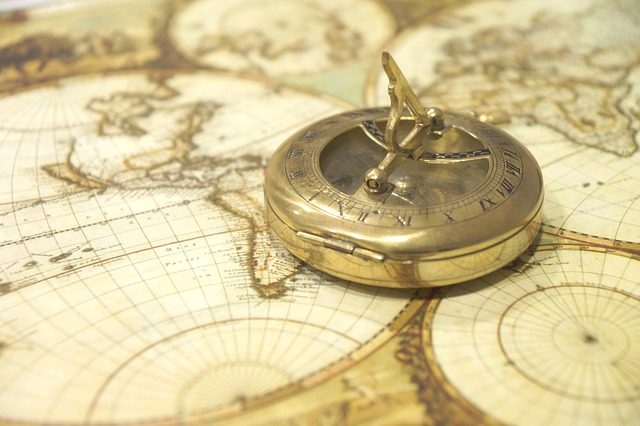Congratulations to John O’Keefe, May-Britt Moser and Edvard Moser on being awarded the Nobel Prize in Physiology or Medicine for their discoveries of the brain’s navigation system.
How does our brain create maps of our environment to generate our orientation? John O’Keefe and May-Britt and Edvard Moser were awarded this year’s Nobel Prize in Medicine and Physiology for the ground-breaking research that shed some light on this question.
Thanks to these 3 researchers and their teams, we now know that there are specific ‘navigation cells’ in the brain that help us find our way in the world. The complementing systems of John O’Keefe’s place cells and the Mosers’ grid cells operate together to generate our ‘brain GPS’.
John O’Keefe discovered place cells in the hippocampus of rats about 4 decades ago. Place cells shoot electric signals whenever the animal passes a certain location in its environment 1. The place cells, together with other neurons, can help the brain to link information from the animal’s surroundings with their position to remember its way. These cells are therefore influenced by inputs, such as visual clues, to help the animal’s navigation.
The Mosers – a married couple who worked together as postdocs in the O’Keefe lab – were interested in finding an even more elementary navigation system that works without sensory inputs. In the early 2000s, they struck gold: they discovered a neuronal network in the entorhinal cortex which they named ‘grid cells’ – due to the perfect hexagonal firing patterns of these cells. The Mosers observed this phenomenon in rats moving freely through an enclosure 2, and full activation of grid cells could even be recorded in total darkness. The coordinates generated by the grid cells are thought to be passed on to place cells to feed into the animal’s navigation system 3.
Initial studies have been carried out in rats, but more recent research showed that both place cells and grid cells exist in humans and work similarly as in rodents 4.
Interestingly, the hippocampus and the entorhinal cortex are often the first areas affected in human Alzheimer’s disease, and Alzheimer’s patients frequently lose the ability to find their way. Understanding how these regions generate our navigation is the first step in finding a way to help people suffering from orientation loss. The work carried out by O’Keefe and the Mosers has therefore not only unravelled some of the mysteries of our brain, but their research could also contribute to improving the outcomes of brain-related diseases.
Edited by Debbie Nicol
References
- O’Keefe, J. & Dostrovsky, J. The hippocampus as a spatial map. Preliminary evidence from unit activity in the freely-moving rat. Brain research (1971)
- Hafting et al. Microstructure of a spatial map in the entorhinal cortex. Nature (2005)
- Moser et al. Place cells, grid cells, and the brain’s spatial representation system. Annual review of neuroscience. 2008.
- Jacobs, J. et al. Direct recordings of grid-like neuronal activity in human spatial navigation. Nature neuroscience. 2013.

